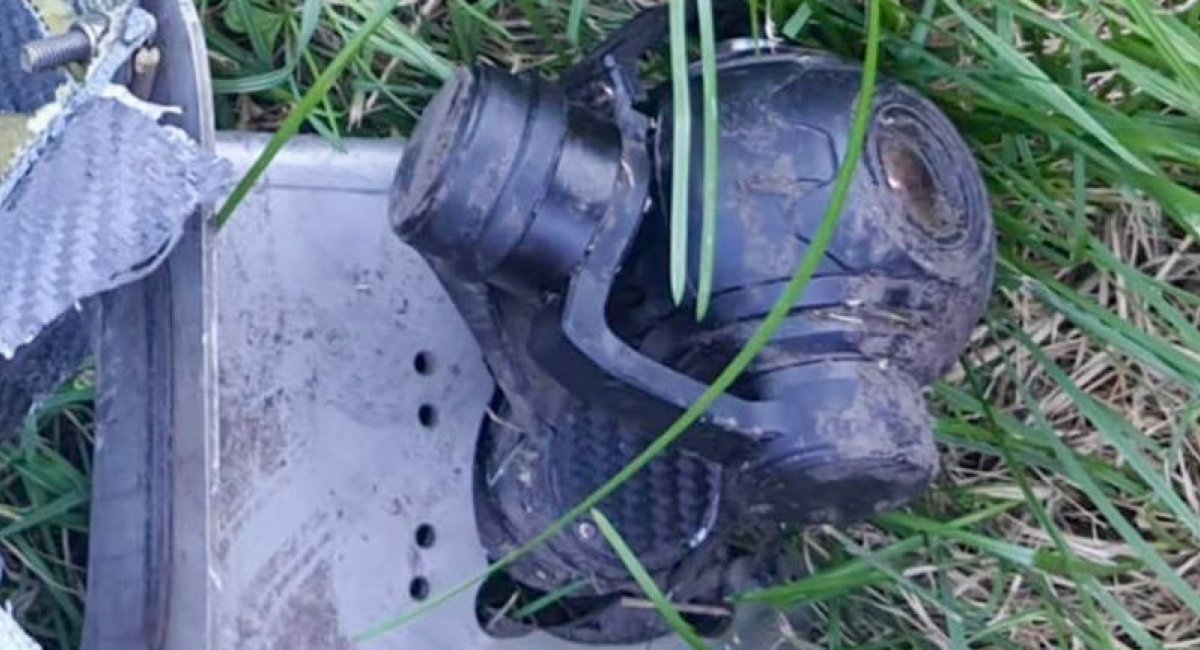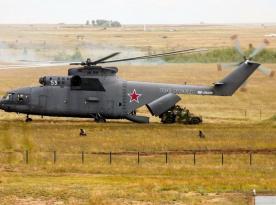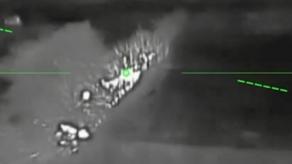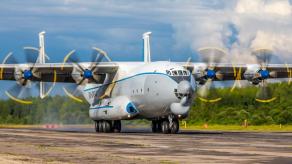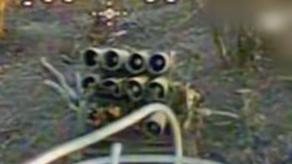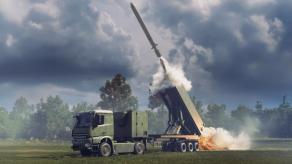Ukrainian defenders have identified a new modification of Iranian-made Shahed drones used by russia. According to Serhii Flash, several of the Shahed drones shot down on August 18 were equipped with onboard video cameras.
Previously, Ukrainian forces had encountered similar video cameras installed on russian Geran-2 reconnaissance drones, often used to gather intelligence and correct artillery fire. The appearance of such equipment on the Shahed drones suggests that russia may be experimenting with new ways to enhance the strike effectiveness of its one-way attack UAVs.
Read more: 20–25 Systems to Shield Kyiv From Shaheds: New MaXon Air Defense Details With Balloon-Mounted Drones
At this stage, military analyst caution that it is too early to determine the precise purpose of these modifications. However, the presence of video cameras indicates an intent to capture real-time footage of the drone's flight path and final moments before impact. Such data could be used to refine targeting, evaluate strike accuracy, or inform future adjustments in drone deployment tactics.
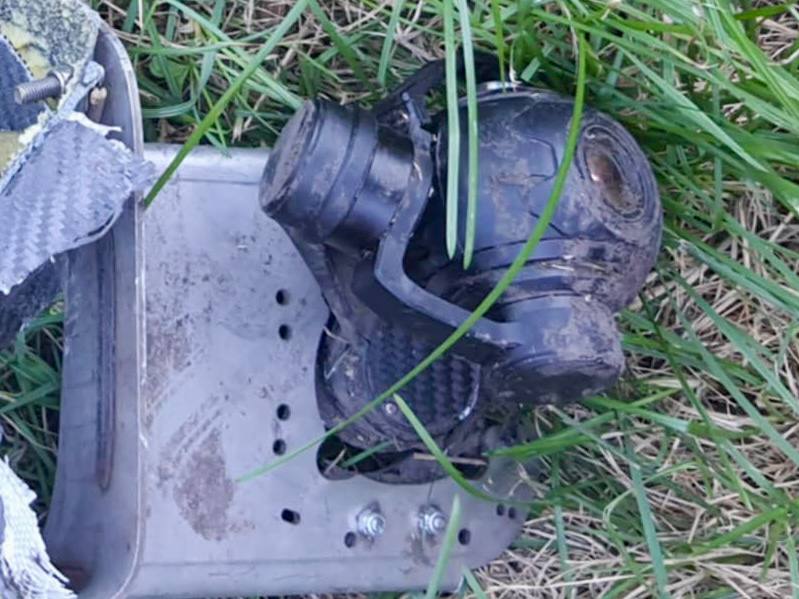
The upgrade raises concerns that russia is attempting to bridge the gap between reconnaissance and strike functions, effectively transforming the Shahed drones into both weapons and information-gathering platforms. If confirmed, this could make them more valuable for battlefield analysis, despite their relatively low cost and mass-produced nature.
For Ukraine, the discovery underscores the importance of maintaining and improving air defense capabilities. Even small modifications to the Shahed drones could create new challenges for countering them, particularly if adversaries begin using real-time video feeds to adjust flight paths or select targets.
This finding also highlights the broader trend of russia adapting its drone arsenal in response to Ukrainian defenses. By experimenting with new payloads and configurations, Moscow seeks to increase the survivability and utility of drones that have often been intercepted by Ukrainian systems.
While the exact implications remain uncertain, one conclusion is clear: the drone war over Ukraine is entering another phase of technological evolution. With each adaptation, both sides are engaged in a constant race to outpace the other’s innovations in unmanned aerial warfare.
Read more: Ukrainian SOF Strike Destroys russian Port Olya-4 Cargo Ship Transporting Shahed Drones From Iran




